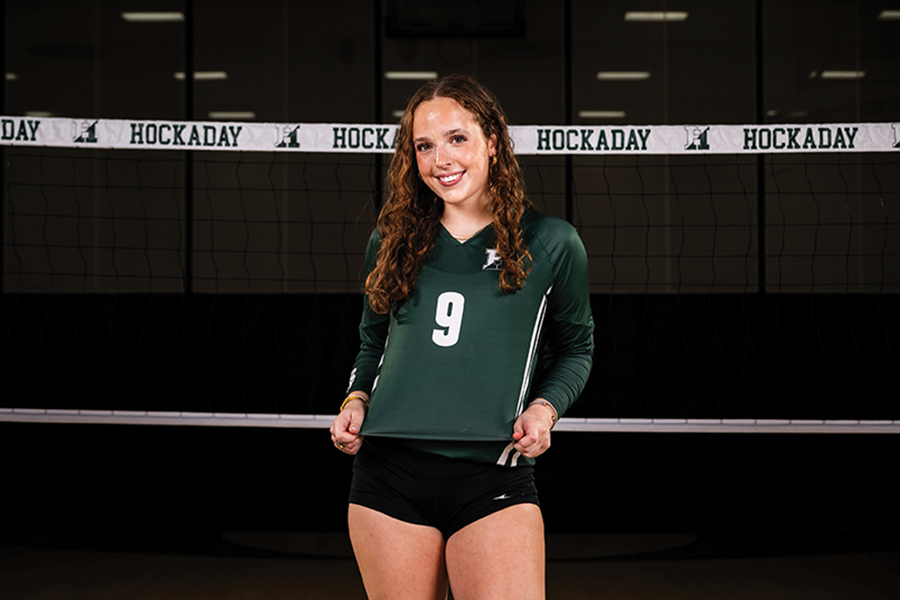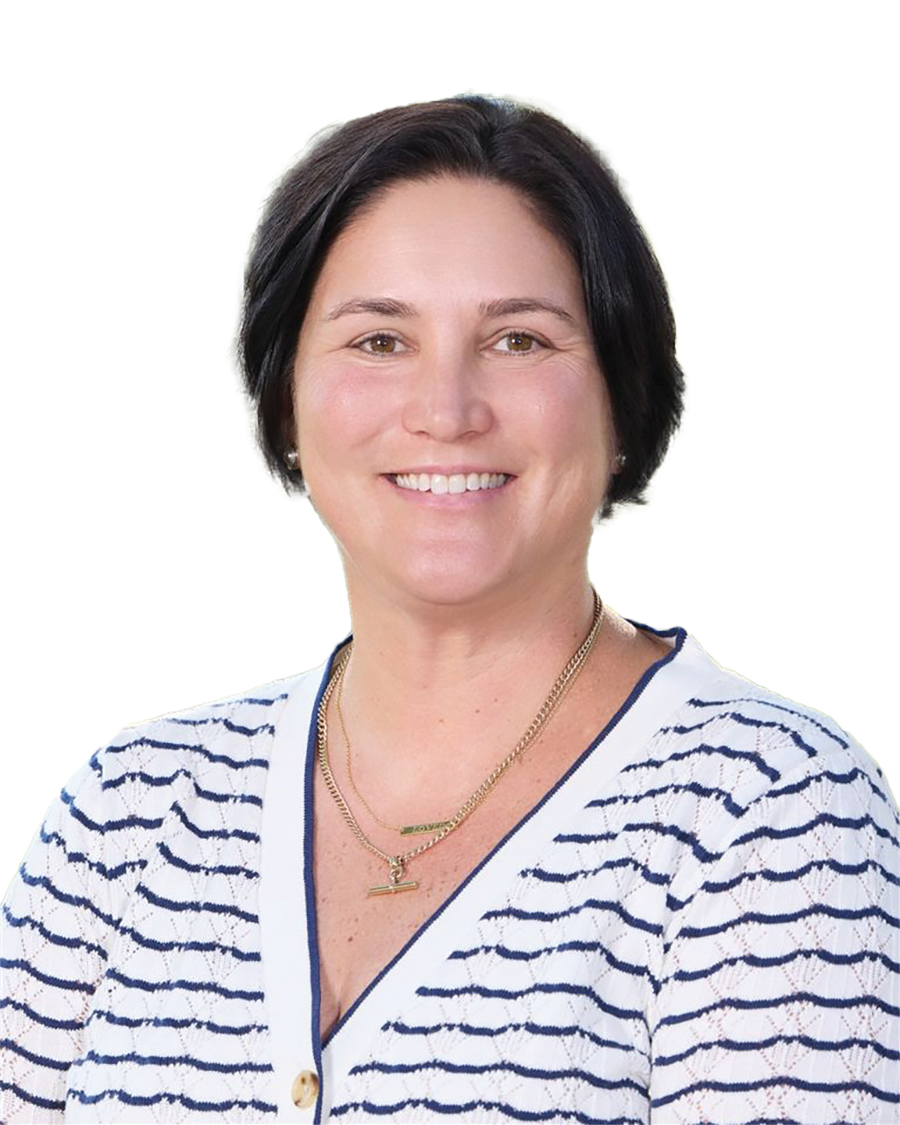Shaylee and Derek Marr
The Hockaday track program has welcomed not one new coach, but a dynamic duo of distance runners. Husband and wife coaching team Shaylee and Derek Marr joined the Hockaday community this year and will be coaching the distance runners.
The Marrs ran distance and cross country at Grand Valley State University for four years as undergraduates, and after gaining extensive coaching experience at Northwood University, University of Missouri, and Baylor University, the couple moved to Dallas, where Derek became a lecturer and professor of sports psychology and coaching leadership at Southern Methodist University.
David Bertrand, SMU’s Director of Sport Performance Leadership, directed the Marrs to Hockaday, as his wife was a former Hockaday track coach.
Both Shaylee and Derek have big plans for the Hockaday track team.
“I look forward to adapting the experiences that we had at some of the best track and eld programs in the world and bring- ing what we can to Hockaday,” Derek said.
One of the Marrs’ primary goals is to see quantitative progress in the runners. They hope to see constant improvement in personal records throughout the meets of the season.
They also hope to teach the girls lessons that will help them both on and off the track.
“Track has touched my life and made me the person I am today, so I hope to help all of the girls develop not just in track but put them in a good position for the rest of their life and teach them here,” Shaylee said.
Molly Ford
Molly Ford steps in as Head Varsity Lacrosse Coach and Sports Communication Coordinator for Hockaday. After graduating from Georgetown University in 2010, where she played lacrosse for four years, she played on the United States Women’s National Lacrosse team for two years. She then coached in England and at Coppell High School before joining the Hockaday community.
Ford’s biggest goal for the Hockaday lacrosse program is the uni cation of the varsity and junior varsity teams. She hopes to accomplish this cohesion with whole team dinners, joint practices and by encouraging both teams to support one another on the sidelines. This integration and team bonding, Ford believes, will enhance both teams’ teamwork both on the eld and off the field.
“Chemistry is a really important thing in any sport, so bringing that team chemistry and family unit helps when tough times come around,” she said.
Ford has a plans to focus on this season. She aims to add both o ensive and defensive strategy to the team’s’ pre-existing athleticism. “Conditioning is obviously important, but it’s not the main focus. I think being smart players and being a smart team is really important,” she said.
And Ford has high aspirations for the Hockaday lacrosse teams; she hopes to reap high rewards for the program.
“I think that there’s a lot of talent with athleticism that we have, so just growing that talent and taking Hockaday back to the SPC Championship, District finals, and State,” she said.
Adaku Ebeniro
Adaku Ebeniro, a long-time coach at Hockaday, is taking a new role: varsity throwing coach for track and field. Throwing is not new to Ebeniro—she was a thrower at her high school, Houston Episcopal, and while she has coached Middle School track and field for nine years, throwing has always been her specialty.
Her favorite part of the sport, a concept she tries to instill in her girls, is the idea of “hurry up and wait.”
“There’s a sense of urgency but you also get to step back a little bit and really think about you’re getting ready to do,” she said.
Ebeniro plans to reference many resources in her coaching, such as the U.S.A. Track and Field guidelines and online vid- eos, as she knows that all throwers do not learn the same way.
“I just pull from any source that I can get and see what works for them, because everything that I present them doesn’t always work for them, but I try to give them the option to start with and then I see what works and we hone that,” she said.
Ebeniro’s primary goal for the season is for at least one of the throwers to place in the top five in every meet and gain points for the track and field team. She understands, however, that training a successful thrower takes time.
“Our biggest challenge is that we probably won’t get the distances that we want earlier on in the track meets, but as we peak, hopefully it’ll be around SPC,” she said. The throwers hope to utilize the weight room at least once a week in order to build the lower-body strength necessary to improve.
“We still have a lot of work to do, but I think we’re making good strides,” Ebeniro said.
– Ali Hurst – Asst. Castoff Editor –






